Available for Sony E-mount & L-Mount
High-response Linear Actuator (HLA) AF motor
Dust and splash-resistant structure
uperior weather resistance of SIGMA Sports line
Completes F2.8 DG DN full-frame mirrorless trio
Specification: 70-200mm F2.8 DG DN OS for Sony
|
User Reviews
Be the first to review “70-200mm F2.8 DG DN OS for Sony”

Original price was: $1,499.00.$1,369.00Current price is: $1,369.00.







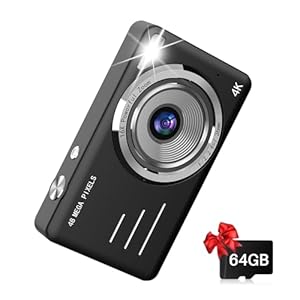
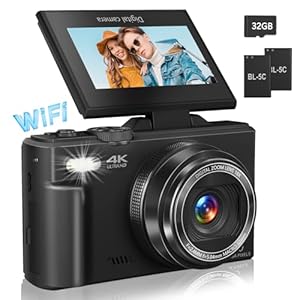
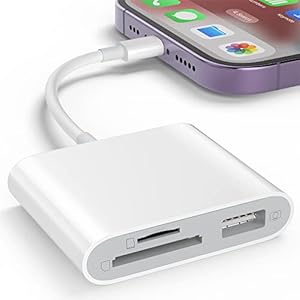

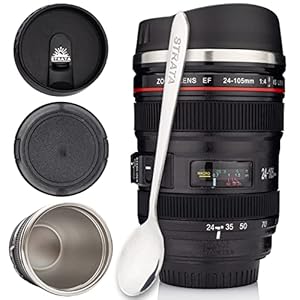
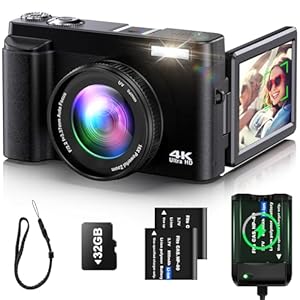

There are no reviews yet.